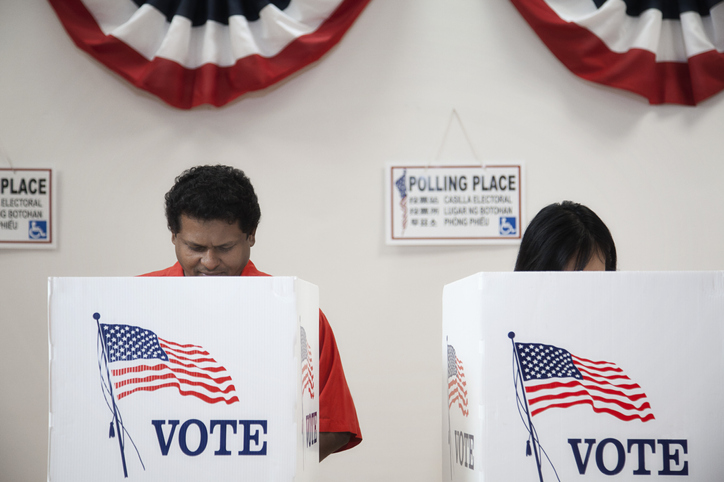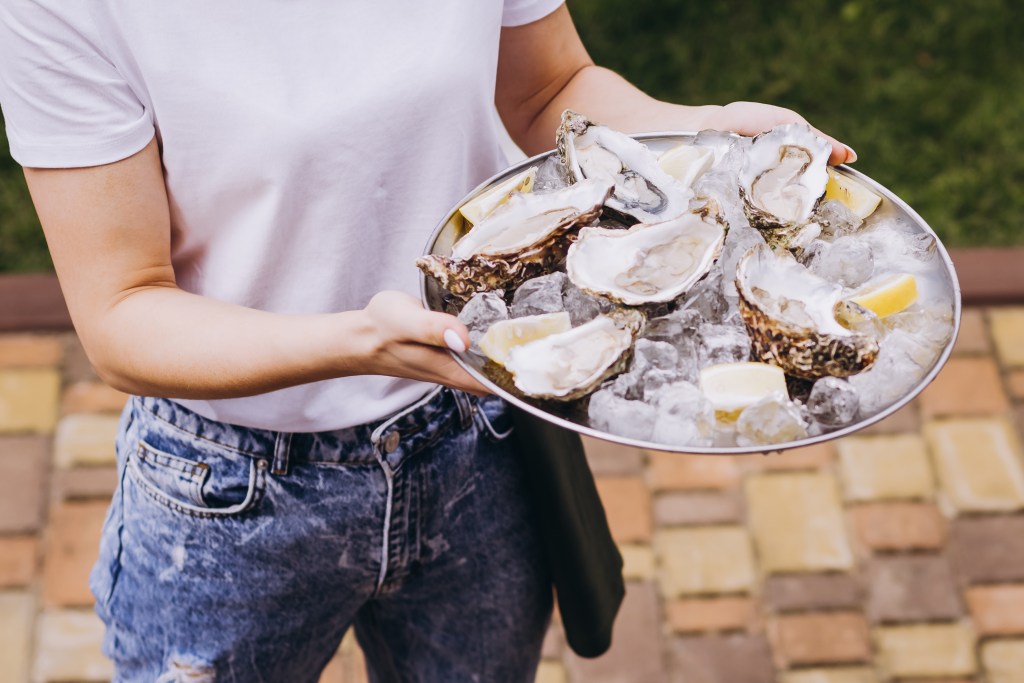Baymen To Be Listed As Endangered Species?

The baymen of East Hampton were among the earliest English settlers who came here in the 1640s. As a tight knit clan of locals from Kent, they came to be called Bonackers, and they settled for the most part living and working in Three Mile Harbor, Gardiner’s Bay and Accabonac Harbor in East Hampton.
By 1960, there were more than 1,000 of them. They had their own English dialect, their own stores and local bars and they went clamming, eeling, musseling and fishing in these waters as a commercial business. For ocean fishing, they would drive pickup trucks down to the beach and cast great nets into the sea, scooping up what they could in a process called haul seining.
The Bonackers are definitely part of the heritage of these parts. But in recent years, their numbers have dwindled, largely due to increased rules and regulations. Many have moved. About 200 Bonackers remain.
I think the last straw for the Bonackers occurred about 15 years ago when the General Electric Company, which had put chemicals in the water killing striped bass, paid each baymen they could find in these parts between $5,000 and $35,000 in cash to compensate them for what they had done. It was a great victory, but it was followed three years later when the Feds came down to demand that the Bonackers pay income taxes as a result of this years-ago gift—nobody had told them it would be taxable—that were now overdue and there would be penalties and interest galore, maybe even jail sentences for scofflaws, if they continued to be negligent. The matter went to court. Were those gifts “punitive damages” and therefore exempt from taxation, as they had been told? Or was the money “compensation for lost wages.” If that were the case, these gifts were taxable. The IRS won.
This past week, an attorney for the Bonackers, Daniel Rodgers, filed a request with the Preservation League of New York State, asking that the state add “baymen” to its list of historic and cultural resources in need of protection.
It’s a bold request. At the present time, certain animals and fish are on lists needing to be protected. One of them is the piping plover. The law says you have to stay far away from piping plover nests on the beaches where they build these nests. To that end, piping plover nests are surrounded by fencing with KEEP OUT signs so everyone has to stay away.
There is a precedent established for this request by the Bonackers to the State Preservation League. A month ago, baymen in the Chesapeake Bay filed a request to a group called Preservation Maryland that Chesapeake Bay “watermen” be considered for their list of things going extinct that need to be saved. (In Maryland, the baymen are called watermen.) Same thing. Preservation Maryland now has the watermen on the Endangered Maryland List for 2012.
I look forward to the day when the local Bonackers can get the same courtesy as the piping plovers. For each of the last six years, piping plovers have set up a damn nest on East Hampton Main Beach resulting in the local fire department cancelling or postponing the annual Fourth of July fireworks that have been held on that beach every year since 1915. The cancellations took place because it was thought all the banging of the fireworks would hurt their delicate little ears and cause them to fly away. I have little doubt plovers will cancel this year’s fireworks too.
Some day, it is my fervent hope that when the few remaining Bonackers drive down to the beach in their pickup trucks with their boats in the back, all the people who are sunbathing down there have to get up and move out to make way for them. And their black labs.









